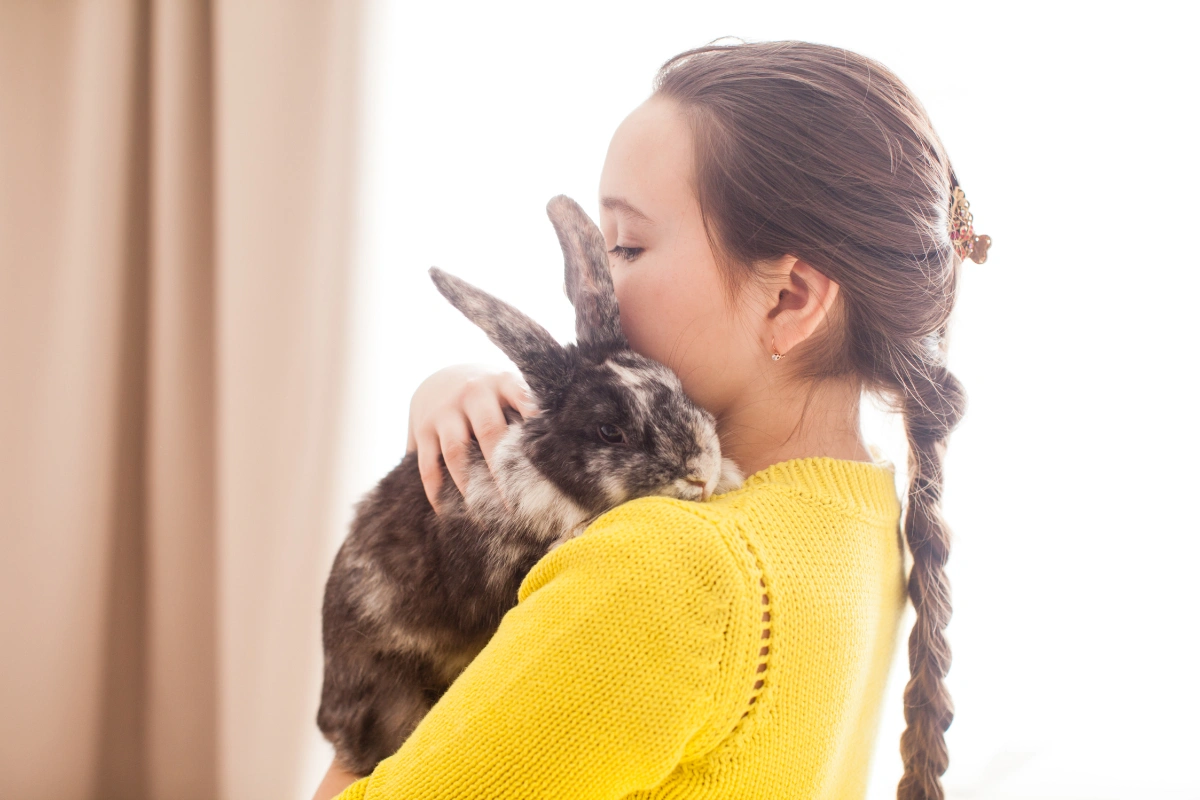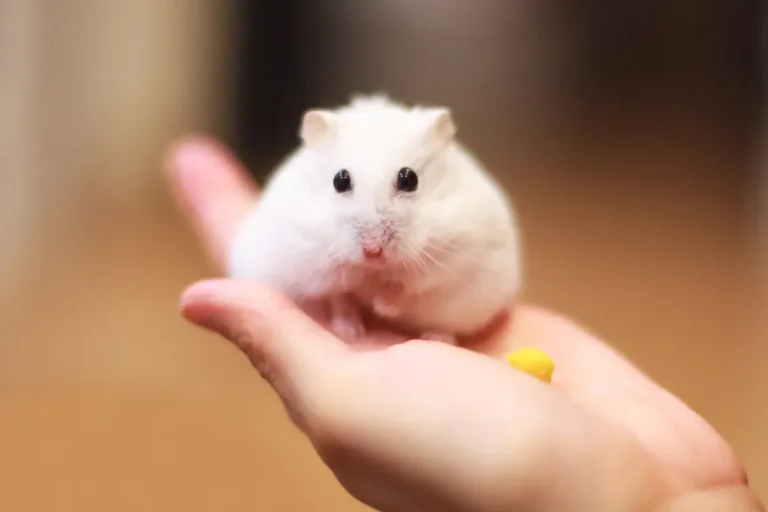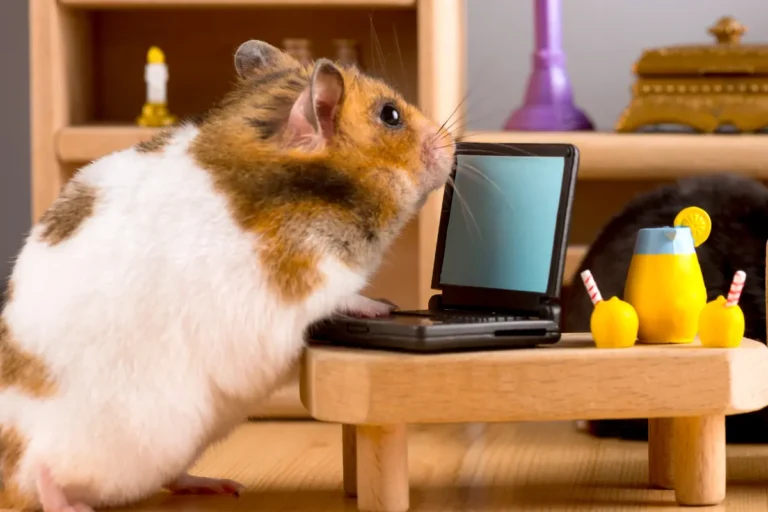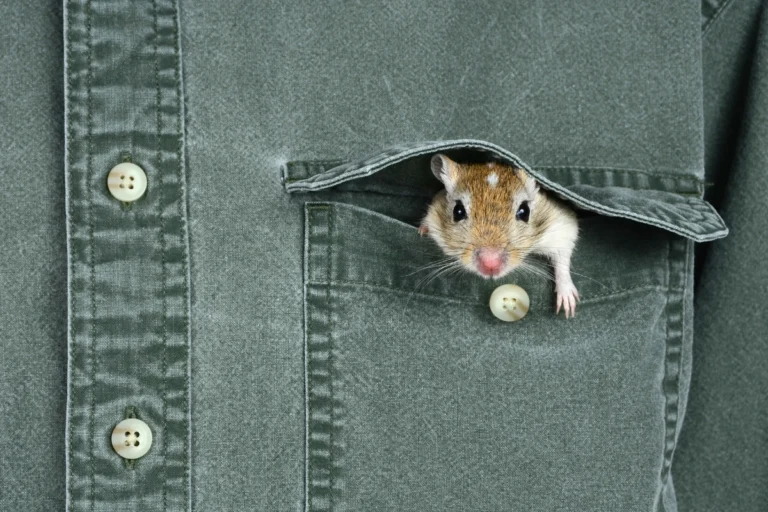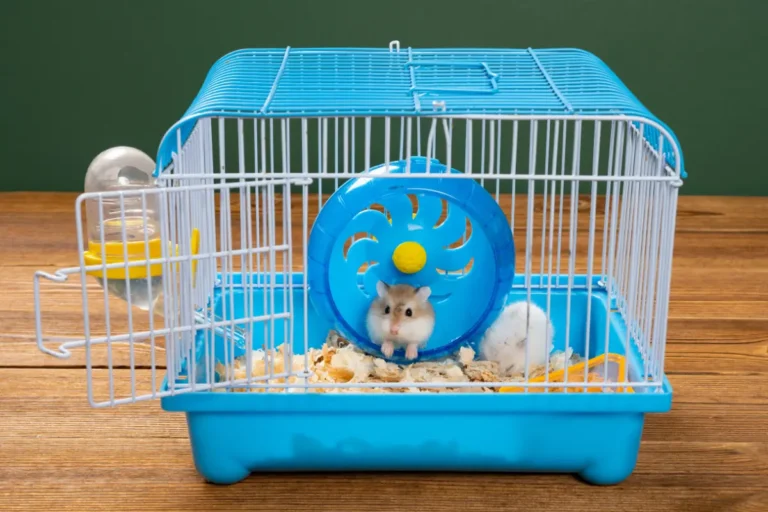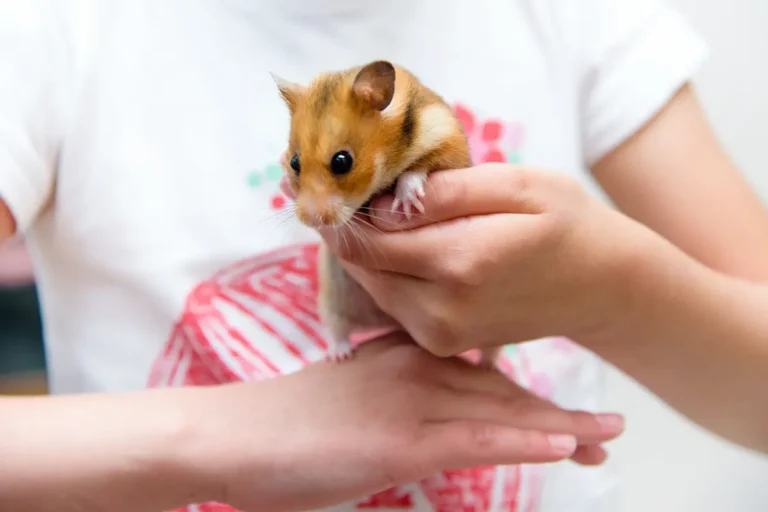How to Make Your Rabbit Love You: Expert Tips for a Lasting Bond
Building a bond with your rabbit takes time and patience, but it’s one of the most rewarding relationships you can have.
If you want your bunny to not only like you but truly love you, it’s important to approach them with care, affection, and respect. Here’s a simple guide to help you build that special relationship with your rabbit, step by step.
1. Learn Bunny Language
Rabbits communicate uniquely, and understanding their language is essential to building trust and forming a strong bond. Rabbits rely on body language and subtle behaviors to express their feelings, so owners must pay attention to these cues. Here’s how to interpret your bunny’s signals:
- Perked-Up Ears: Indicates alertness or curiosity. Your bunny is paying attention to something in their environment and may be deciding if it’s safe or worth exploring.
- Flattened Ears: A sign of fear, discomfort, or submissiveness. Your bunny might feel threatened or uneasy, so it’s important to identify and remove the stressor.
- Hunched Posture: Shows stress, unease, or even pain. A hunched rabbit might be scared, ill, or uncomfortable in their surroundings.
- Lunging or Nipping: Defensive behavior that means your rabbit feels their personal space is being invaded or they feel unsafe.
- Relaxed, Floppy Body: A sign of contentment and trust. If your bunny stretches out comfortably, they feel secure in their environment.
Why This Matters
Rabbits are prey animals by nature, so their instinct is to remain cautious until they feel completely safe. Misinterpreting their signals can lead to misunderstandings, making it harder for your bunny to trust you.
2. Let Your Bunny Come to You
Rabbits are naturally cautious animals due to their instincts as prey creatures. Forcing interaction or handling them too quickly can make them wary or fearful. Instead, let your bunny approach you on their terms. This helps build trust and ensures they feel safe in your presence.
Steps to Encourage Your Bunny
- Spend Time on Their Level: Sit or lie on the floor in their space. This makes you appear less intimidating and more approachable.
- Be Still and Quiet: Avoid sudden movements or loud noises. Let your bunny explore you at their own pace. They may sniff, nudge, or even climb on you out of curiosity.
- Create Positive Associations: Place a treat or toy near you to encourage your bunny to come closer. This shows them that being near you leads to good things.
- Avoid Forcing Interaction: Never chase, grab, or corner your rabbit. This can break trust and make them associate you with fear.
How to Recognize Progress
Your bunny may start coming closer over time, showing signs of trust and curiosity:
- Hopping over to investigate.
- Sniffing your hand or clothing.
- Nudging you with their nose.
- Sitting or lying near you.
Patience is key during this stage. Each bunny has their own timeline, and respecting their boundaries is essential to forming a loving bond.
3. Slow Affection
Rabbits, like humans, need time to feel comfortable with physical contact. Rushing into handling or petting can overwhelm them, especially if they’re not used to your presence. Starting slow and respecting their boundaries helps foster trust and creates a positive association with affection.
Why Go Slow?
Rabbits are naturally cautious and may view sudden or intense affection as a threat. Gradual, gentle interactions help them feel safe and encourage them to accept and even enjoy being petted.
Steps to Show Affection Gradually
- Wait for Voluntary Interaction: Only try petting your bunny after they approach you willingly. If they’re not ready, give them more time to adjust to your presence.
- Focus on Preferred Areas: Begin with gentle pets on areas rabbits typically enjoy, like:
- The Head: Especially the forehead and between the ears.
- The Cheeks and Nose: Soft strokes in these areas mimic grooming, which rabbits associate with bonding and comfort.
- Use Slow Movements: Approach them with your hand from the side or front, not from above, which can seem predatory. Move slowly and calmly to avoid startling them.
- Observe Their Reaction: If your bunny sits still, relaxes, or even flops down, they’re enjoying the interaction. If they pull away, flatten their ears, or shift uncomfortably, stop and try again later.
When you pet your rabbit gently, it mimics social grooming among bunnies. Grooming is a sign of respect, love, and bonding in rabbit hierarchy, so your slow, gentle affection helps reinforce trust.
Things to Avoid
- Picking Them Up Right Away: Most rabbits dislike being lifted off the ground, as it makes them feel unsafe. Stick to petting while they remain on a stable surface.
- Overwhelming Them with Attention: Resist the urge to shower them with affection all at once. Let them guide the pace of your interactions.
4. Eliminate Cages
To build a strong bond with your bunny, it’s essential to create an environment where they feel like a member of the family rather than a pet confined to a cage. Sharing a living space allows your rabbit to observe, interact, and get comfortable with you in a natural, stress-free way.
How to Share the Space
- Create a Rabbit-Safe Environment: Bunny-proof your home or a designated area by removing hazards such as electrical cords, toxic plants, and sharp objects. This ensures your rabbit can explore freely and safely.
- Free-Roam or Large Enclosures: If full free-roaming isn’t possible, opt for a large exercise pen or enclosed area that allows your rabbit plenty of space to move, stretch, and interact with you.
- Spend Time Together: Sit or lie on the floor in their space. Let them get used to your presence while you read, watch TV, or work. Over time, they’ll associate you with their environment and feel more comfortable.
- Establish a Routine: Rabbits thrive on consistency. Feed them, clean their area, and spend quality time together at the same times each day. This helps them feel secure and connected to you.
Making It Work
Even if you can’t commit to full-time free roaming, spend as much time as possible in your rabbit’s space. The more they see and interact with you, the stronger your bond will become. Remember, rabbits are highly observant, and sharing a living area helps them feel like a true member of the family.
5. Use Treats Strategically
Treats are one of the most effective tools for winning your rabbit’s trust and affection. Rabbits are highly food-motivated, and offering treats the right way can create positive associations with you. However, it’s important to use treats strategically to avoid overfeeding or unhealthy habits.
How to Use Treats Wisely
- Start Small: Begin with tiny pieces of a healthy treat to prevent overfeeding. Rabbits have sensitive digestive systems, so moderation is key.
- Choose Healthy Options: Opt for natural, rabbit-safe treats like small slices of banana, apple, or a few pellets of fresh greens. Avoid sugary or processed treats, as these can lead to health issues.
- Create Positive Associations: Offer treats during bonding activities, like when your rabbit voluntarily approaches you or allows you to pet them. This reinforces trust and rewards good behavior.
- Use Treats for Training: Treats can be a great tool for teaching commands or tricks, such as coming when called or using a litter box. Keep training sessions short and fun to maintain your bunny’s interest.
- Avoid Overdependence: While treats are useful, you don’t want your rabbit to see you only as “the treat dispenser.” Balance treat-giving with other bonding activities, like petting or playing.
Healthy Treat Examples
- Tiny pieces of fresh fruit (banana, apple, or strawberry).
- Small servings of fresh herbs like parsley or cilantro.
- Commercial rabbit treats (check ingredients for natural, low-sugar options).
Why Moderation Matters
Overfeeding treats, especially sugary ones, can lead to obesity, dental issues, or digestive problems. A good rule of thumb is to make treats an occasional reward rather than a regular part of their diet.
When used wisely, treats are more than just snacks—they’re a way to communicate affection, trust, and positive reinforcement. Combined with patience and gentle care, they can help you build a deep, loving bond with your bunny.
